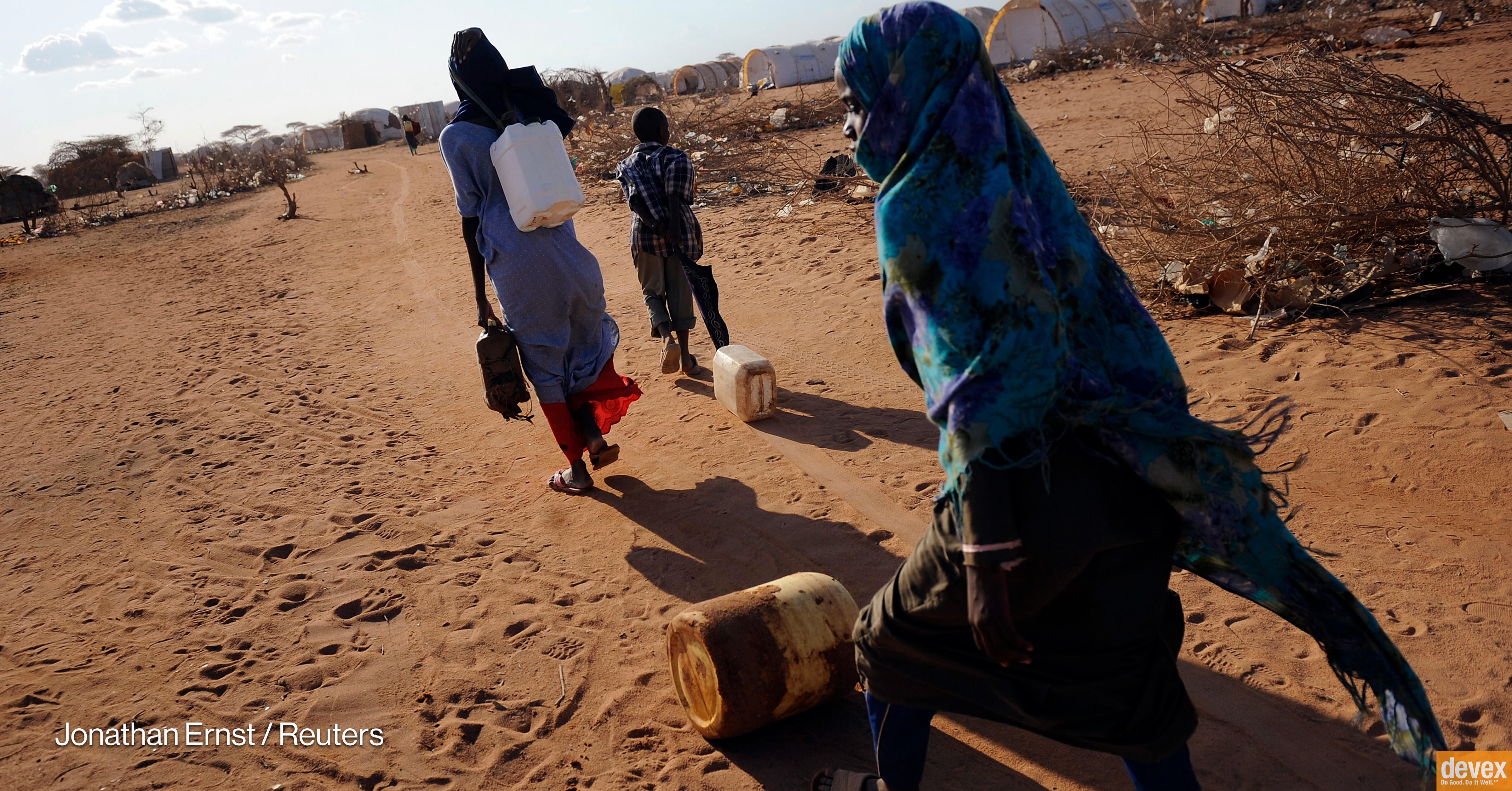Impact of Sovereign Debt on Sustainable Development Goal Progress in Africa
Background: The Debt Crisis and its Detriment to the SDGs
High levels of sovereign debt in lower-income nations, particularly across the African continent, are creating significant obstacles to the achievement of the Sustainable Development Goals (SDGs). Funds allocated to debt servicing are being diverted from critical public investments, directly impacting progress on fundamental human development indicators. This reallocation of financial resources has tangible, real-world consequences for millions, undermining efforts to achieve targets set forth in the 2030 Agenda for Sustainable Development.
The African Center for Economic Transformation (ACET) Report
In response to this challenge, the African Center for Economic Transformation (ACET) has published a new report aimed at quantifying the human cost of current debt repayment schedules. The report’s primary objective is to translate abstract financial statistics into concrete impacts on public welfare, thereby illustrating the opportunity cost of debt servicing in relation to key SDGs. By humanizing the data, ACET seeks to reframe the policy discussion around the direct trade-offs between debt repayment and sustainable development.
Projected Impacts on Key Sustainable Development Goals
The ACET report models three distinct scenarios to project the potential development gains if debt servicing costs were limited. These scenarios provide a clear framework for understanding how fiscal space created by debt relief could be channeled towards SDG-related investments.
- Scenario 1: Debt servicing costs capped at 5% of government revenue.
- Scenario 2: Debt servicing costs capped at 10% of government revenue.
- Scenario 3: Debt servicing costs capped at 14% of government revenue.
The analysis focuses on the direct impact these scenarios would have on several critical SDGs:
- SDG 3: Good Health and Well-being: The report calculates the potential for reduced maternal mortality rates if funds were reallocated from debt payments to public health systems.
- SDG 4: Quality Education: The study assesses how redirecting funds could improve access to and the quality of education for children and young adults.
- SDG 6: Clean Water and Sanitation: Projections are made on the potential increase in population access to basic sanitation facilities under each debt-capping scenario.
As stated by Mavis Owusu-Gyamfi, President and CEO of ACET, translating debt figures into “lives affected” makes the consequences tangible and moves the conversation beyond abstract numbers to the real-world implications for achieving global development targets.
Analysis of SDGs, Targets, and Indicators in the Article
1. Which SDGs are addressed or connected to the issues highlighted in the article?
-
SDG 3: Good Health and Well-being
- The article explicitly mentions that the African Center for Economic Transformation (ACET) is calculating the impact of debt servicing on “maternal mortality.” This directly connects the issue of national debt to public health outcomes, which is the core focus of SDG 3.
-
SDG 4: Quality Education
- The report discussed in the article analyzes what the cost of debt repayments means for “education.” This indicates that funds diverted to service debt are unavailable for investment in educational infrastructure, teacher salaries, and resources, thereby affecting the achievement of SDG 4.
-
SDG 6: Clean Water and Sanitation
- “Basic sanitation” is another key indicator mentioned in the article that ACET’s report examines. The lack of funding due to debt repayments directly impacts a country’s ability to provide essential services like sanitation, linking the issue to the goals of SDG 6.
-
SDG 17: Partnerships for the Goals
- The central theme of the article is the “debt loads bearing down on lower-income countries” and the high cost of “debt servicing.” This directly relates to SDG 17, which includes targets for finance and debt sustainability in developing nations. The article discusses how debt is “hoovering up money for development.”
2. What specific targets under those SDGs can be identified based on the article’s content?
-
Target 3.1: Reduce the global maternal mortality ratio
- The article’s specific mention of “maternal mortality” as a human-level indicator affected by debt servicing directly aligns with this target, which aims to reduce the maternal mortality ratio to less than 70 per 100,000 live births.
-
Target 4.1: Ensure that all girls and boys complete free, equitable and quality primary and secondary education
- While the article broadly mentions “education,” the implication is that debt servicing diverts funds that would otherwise be used to achieve universal access to quality education, which is the essence of Target 4.1.
-
Target 6.2: Achieve access to adequate and equitable sanitation and hygiene for all
- The reference to “basic sanitation” as an indicator impacted by debt directly corresponds to this target. Government revenue spent on debt cannot be used to build and maintain sanitation infrastructure.
-
Target 17.4: Assist developing countries in attaining long-term debt sustainability
- The entire article revolves around the problem of unsustainable debt in African countries. The ACET report’s scenarios, which cap “debt servicing costs at 5%, 10%, and 14% of government revenue,” are a direct exploration of the principles behind achieving debt sustainability as outlined in this target.
3. Are there any indicators mentioned or implied in the article that can be used to measure progress towards the identified targets?
-
Indicator 3.1.1: Maternal mortality ratio
- The article explicitly states that ACET’s report calculates what debt repayments mean for “maternal mortality,” making this a direct indicator used to “humanize the numbers.”
-
Indicator 6.2.1: Proportion of population using safely managed sanitation services
- The mention of “basic sanitation” implies the use of this indicator to measure the real-world impact of debt on public services. A decrease in funding would likely lead to a lower proportion of the population having access to these services.
-
Indicator 17.4.1: Debt service as a proportion of exports of goods and services
- Although the article frames the metric as “debt servicing costs… of government revenue,” this is a closely related measure to the official indicator. The ACET report’s use of different percentage caps (5%, 10%, 14%) for debt servicing directly relates to measuring and managing debt burdens, which is the purpose of Indicator 17.4.1.
4. Summary Table of SDGs, Targets, and Indicators
| SDGs | Targets | Indicators |
|---|---|---|
| SDG 3: Good Health and Well-being | Target 3.1: By 2030, reduce the global maternal mortality ratio to less than 70 per 100,000 live births. | Indicator 3.1.1: Maternal mortality ratio (explicitly mentioned as an indicator in the article). |
| SDG 4: Quality Education | Target 4.1: By 2030, ensure that all girls and boys complete free, equitable and quality primary and secondary education. | The article mentions “education” as an area impacted, implying indicators related to school enrollment, completion rates, or educational funding. |
| SDG 6: Clean Water and Sanitation | Target 6.2: By 2030, achieve access to adequate and equitable sanitation and hygiene for all and end open defecation. | Indicator 6.2.1: Proportion of population using safely managed sanitation services (implied by the mention of “basic sanitation”). |
| SDG 17: Partnerships for the Goals | Target 17.4: Assist developing countries in attaining long-term debt sustainability through coordinated policies aimed at fostering debt financing, debt relief and debt restructuring. | Indicator 17.4.1: Debt service as a proportion of exports of goods and services (the article uses a related metric: “debt servicing costs… as a percentage of government revenue”). |
Source: devex.com







